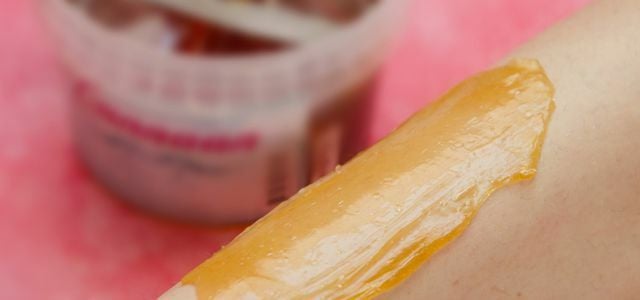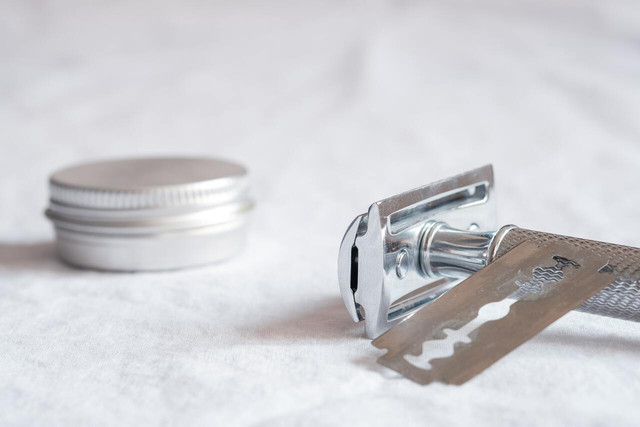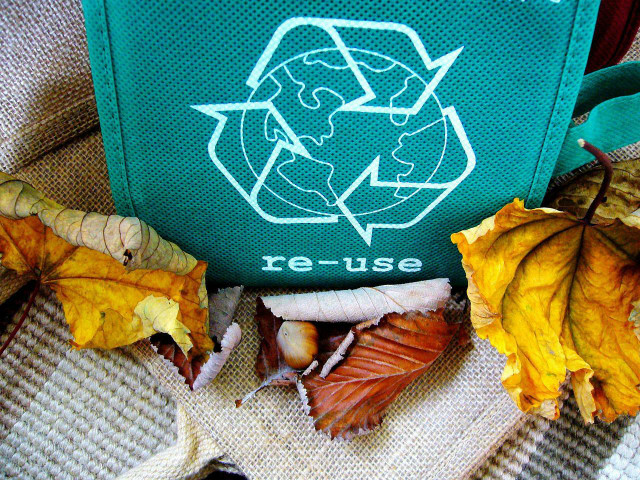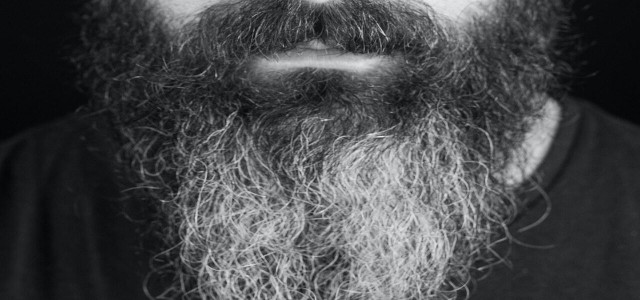Do you ever wonder about the easiest way to get smooth, hair-free skin? We investigate the benefits of shaving vs. waxing to determine what’s best for you and the environment.
Although a variety of hair removal options are available, the choice for many usually comes down to shaving vs. waxing. Both techniques remove unwanted hair and leave your skin feeling soft and smooth, and they can also be done at home. Beyond these similarities, however, the processes are entirely different. It can be worth experimenting with both shaving and waxing to figure out what method you prefer.
Shaving vs. Waxing Techniques

Waxing and shaving are popular hair-removal options that each require extra care in sensitive areas like the bikini line, face and skin folds.
Waxing pulls hair from the root while shaving removes it from the surface of the skin and leaves the root intact. Waxing also takes more time and preparation than shaving, which is easier to incorporate into a daily routine or done in a rush.
Shaving typically involves applying a foam or gel before using a razor to clear hair from the skin’s surface. It is entirely painless — unless you nick your skin with the blade. Meanwhile, waxing requires heating and applying wax to the area of unwanted hair before removing it by pulling it off quickly. This method yanks the hair out by the root and can be painful. It largely depends on your personal pain tolerance.
Shaving vs. Waxing: Side-Effects



Side effects are possible with both techniques. The most frequently reported complaints, common to both methods, include ingrown hairs, skin irritation, mild skin burns and rashes. Razors can give you cuts and nicks if your attention slips or you use a dull blade, but shaving typically has minimal side effects.
Waxing is associated with more serious side effects, although they are rare. Your individual risk of adverse results depends on waxing technique, skin sensitivity and the wax you use, and can be significantly reduced by practicing proper pre- and post-wax care routines.
It’s best to consult your doctor before waxing if you are taking prescription drugs or antibiotics. Furthermore, avoid the technique if you use retinoid-based anti-aging or prescription acne products. These products increase skin sensitivity, and when combined with waxing, can lead to abrasions, infection, sun sensitivity and even scarring.
Some shaving foams, gels and waxes can cause allergic reactions, so always do a patch test before trying new products.
Environmental Impact of Shaving vs. Waxing



The tools you use to shave or wax will always directly impact the environment in some way. The U.S. Environmental Protection Agency no longer tracks the number of disposable razors entering landfills every year. Still, it is estimated that around 1.2 billion razors are bought every year in the U.S. alone. Although the plastic used to make disposable razors is generally recyclable, their blades make them difficult to dispose of safely. Disposable razors are also typically packaged in layers of plastic and plastic-coated paper or cardboard.
Every year there are about 8 million more tons of plastic pollution in the ocean. So, selecting a metal razor with replaceable heads and minimal packaging is much more environmentally friendly. If you do need a disposable option, look for a version using recycled plastic. Cut down on water use by rinsing in a dish or bowl instead of under a running tap and use your blades until they begin to get dull.
Many commercial shaving foams and gels contain harmful chemicals, including phthalates, which disrupt our hormonal balance. Other chemicals, such as glycols, PEGs and isopentane, leak into water systems and harm the ecosystem. There are many effective ways to overcome these challenges, however. You can make shaving cream at home or use non-toxic, natural castile soap as a substitute.
Most waxes on the market today are made with plastics, resins and other synthetic materials that release toxins into the environment. Wax strips are the least eco-friendly form of waxing and contribute to paper and plastic waste. One popular eco-friendly approach is sugaring, a waxing technique that dates back centuries. It uses sugar or honey instead of synthetic waxes and is reported to be just as effective and less painful than commercial waxing. Try out our DIY sugaring recipe to see why the method is gaining popularity.
Prep and Aftercare



Proper before and aftercare for both waxing and shaving involves exfoliation and moisturizing. Learning how to exfoliate skin naturally at home can definitely help your pre- and post-hair-removal routine. It also reduces the adverse environmental effects of commercial personal-care products on the environment.
Exfoliate one to two days before waxing to remove dead skin cells. Gently cleanse the area to be waxed — oily, unclean skin is prone to developing ingrown hairs. Make sure your skin is completely dry, as wax will not adhere to wet hair. Immediately after waxing, soothe your skin with a gentle product like all-natural homemade lotion.
When shaving, start with your usual cleansing routine. Allow your skin to soften and exfoliate before rinsing it thoroughly. Apply your shaving cream or foam and glide the razor gently against the direction of hair growth. If the hair is very long, you may need to begin by cutting it or shaving in the same direction as hair growth until it is short enough for a close shave.
Read more:
- 8 Tips on How to Get Smooth Legs
- How to Get Rid of Bumps from Shaving (Fast!)
- Easy Lotion Bar Recipe With 3 Ingredients
Do you like this post?









